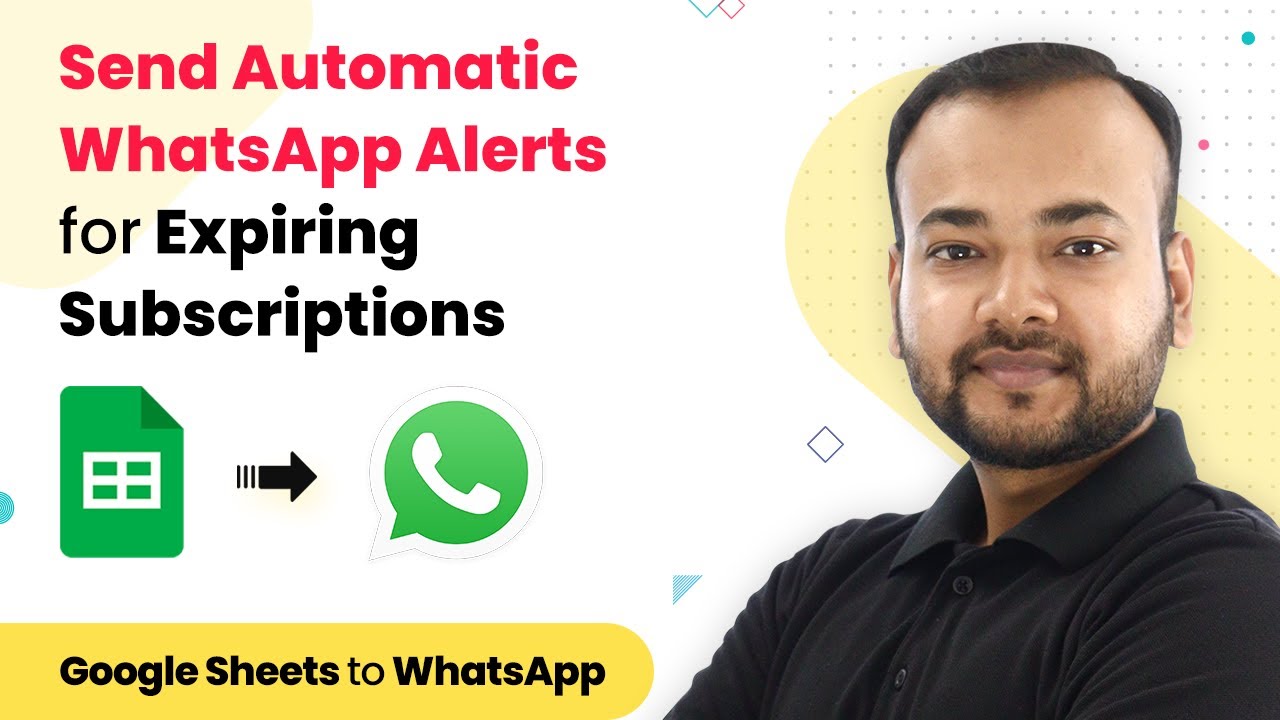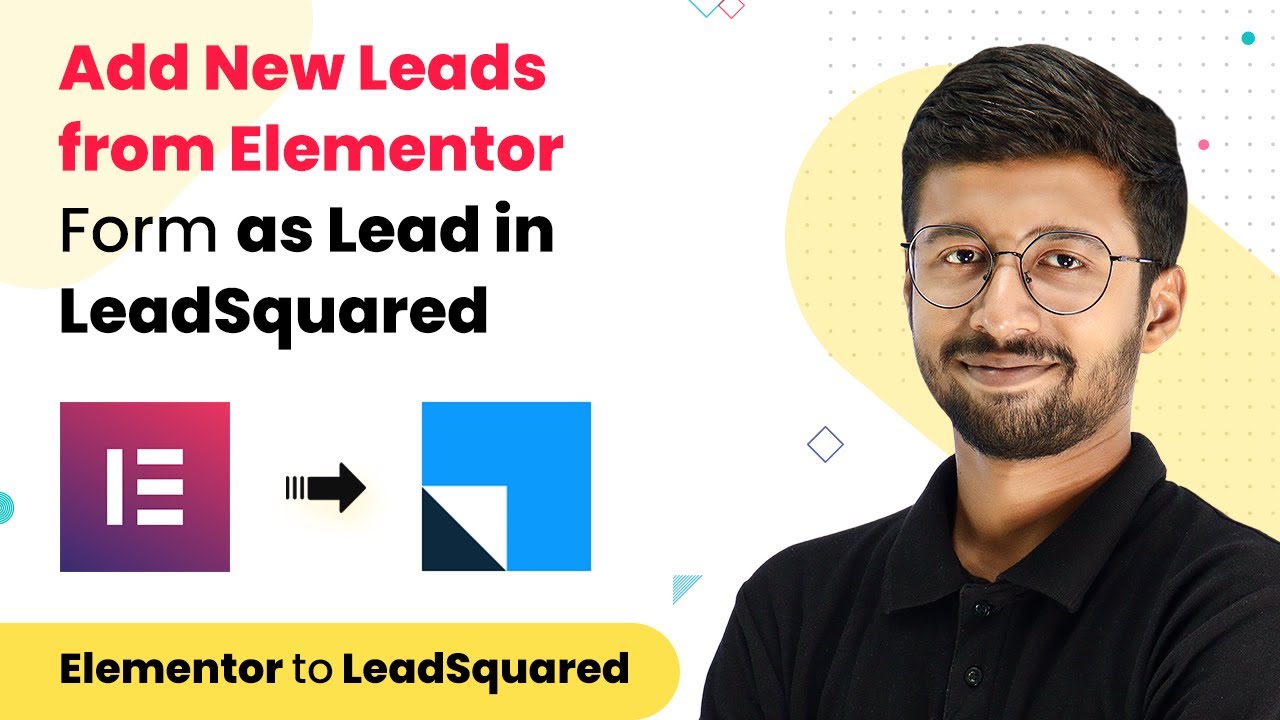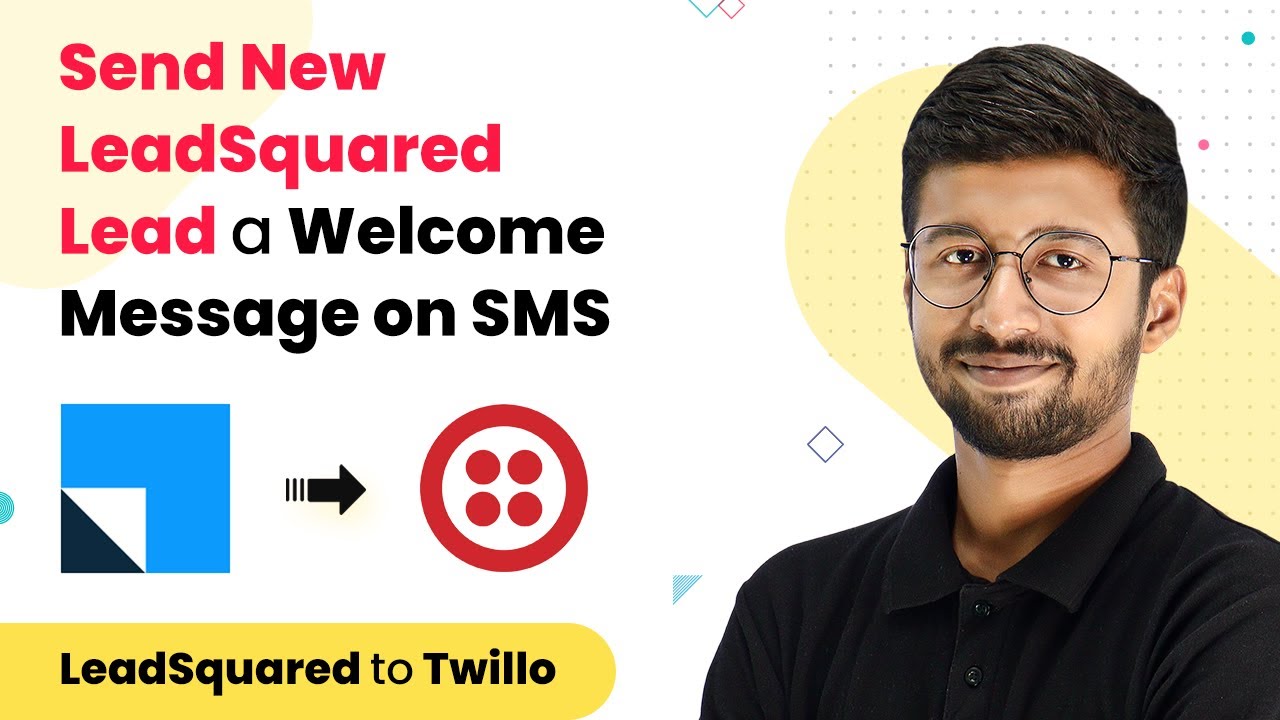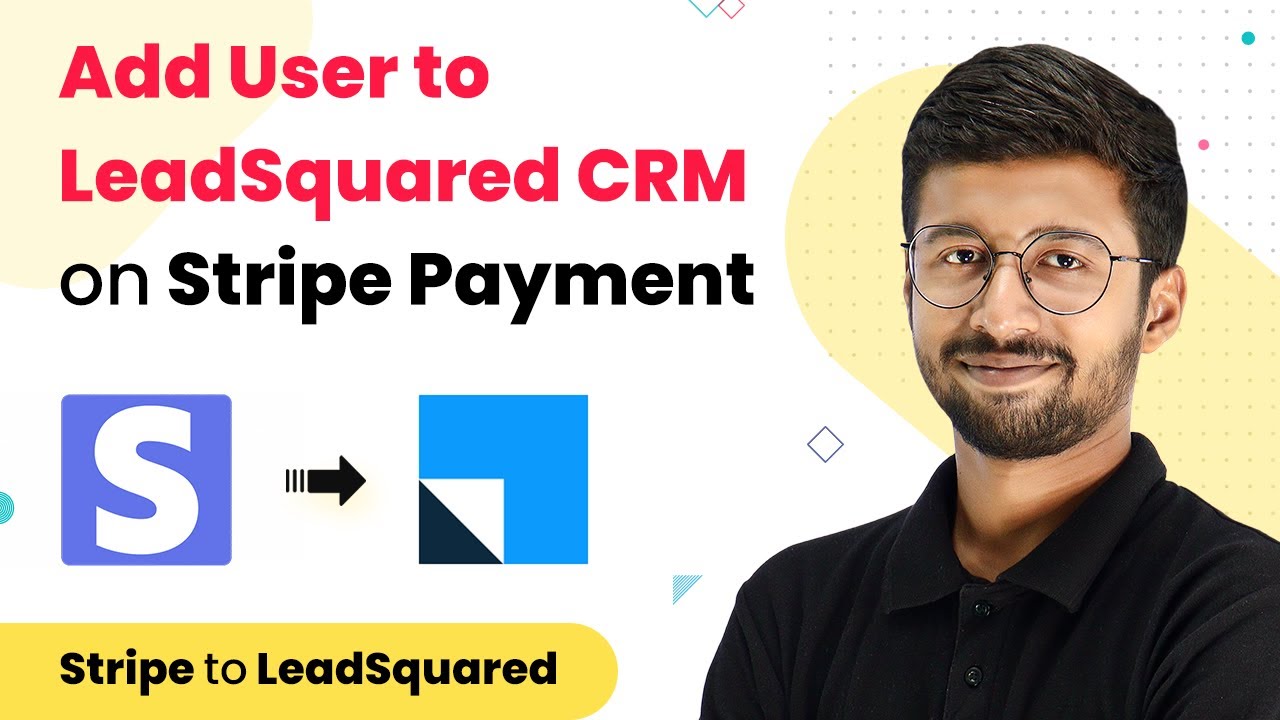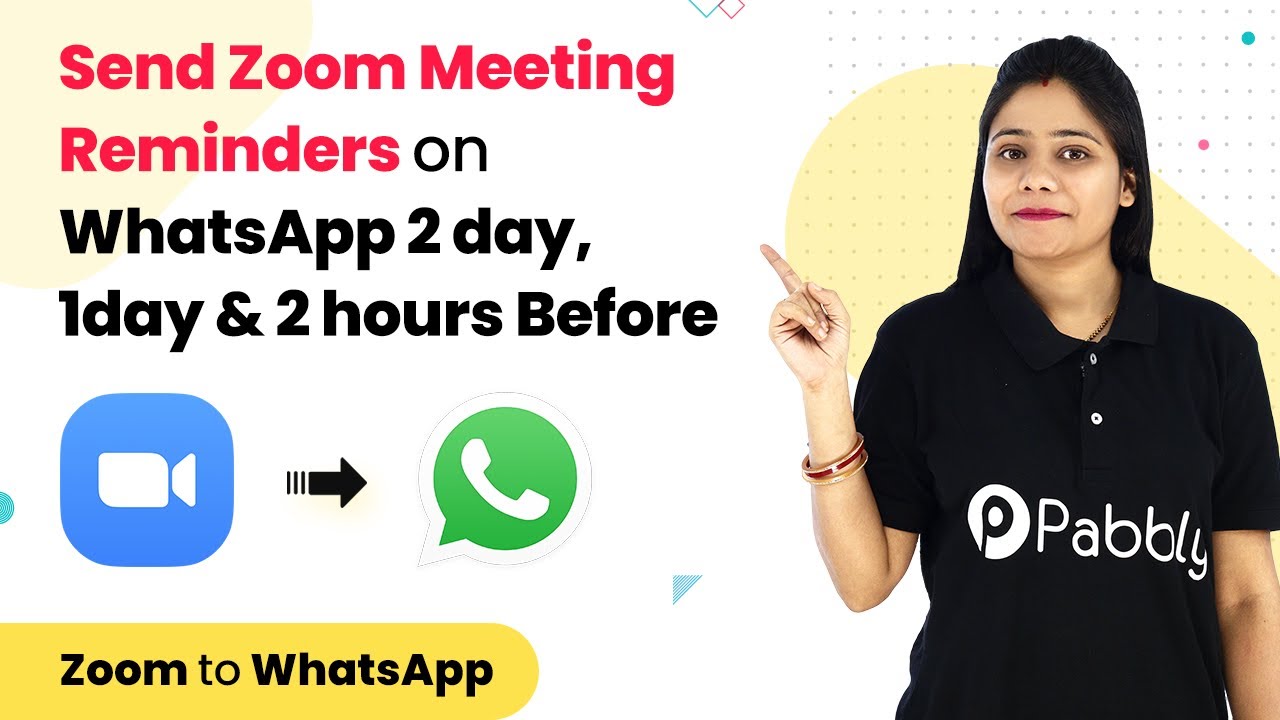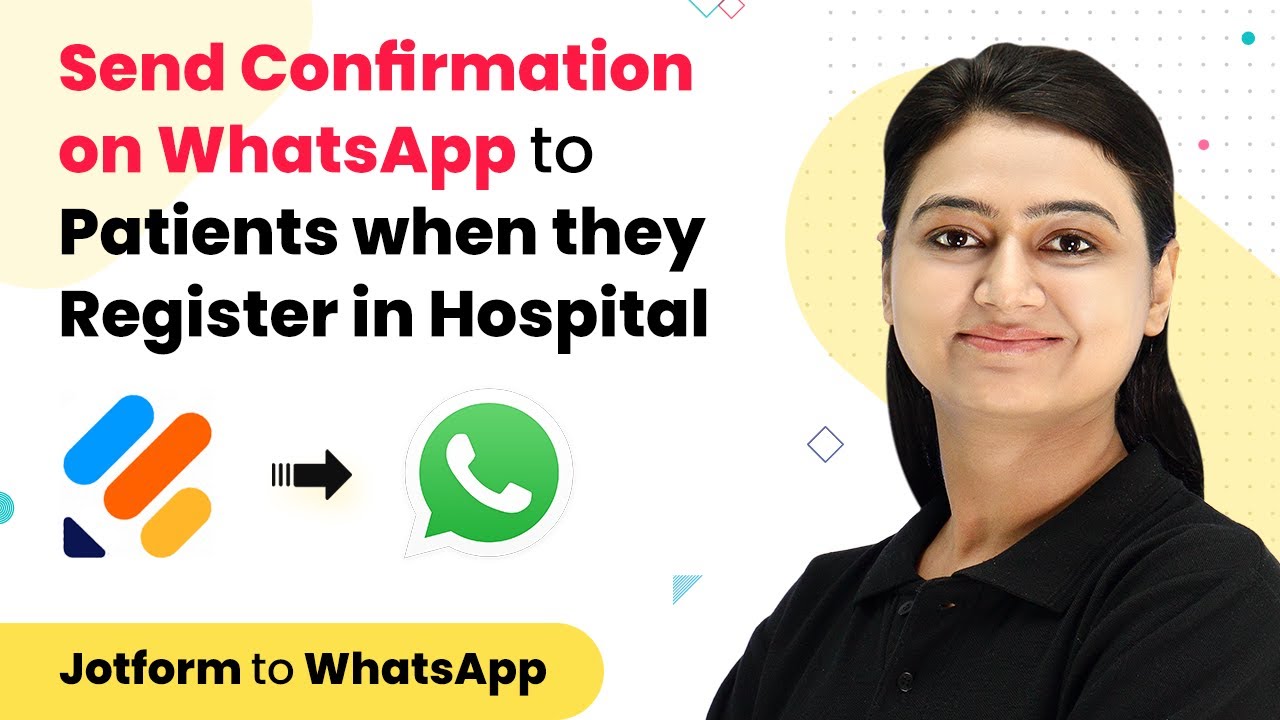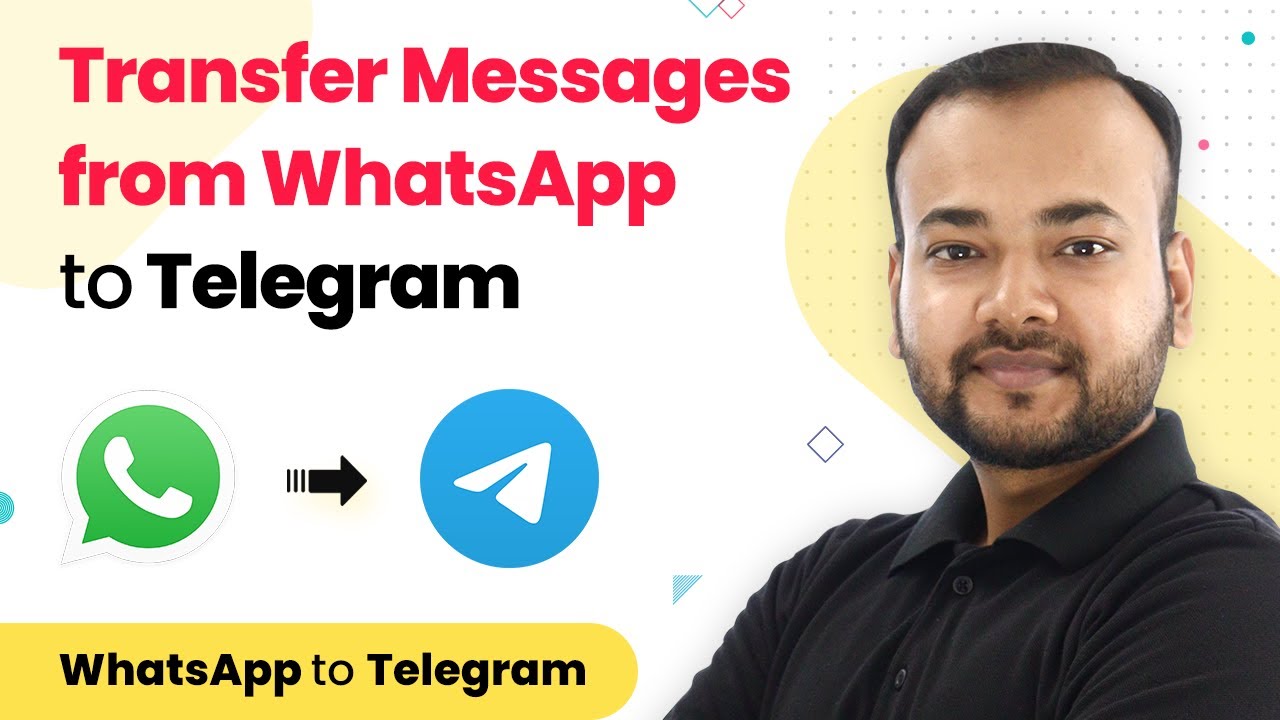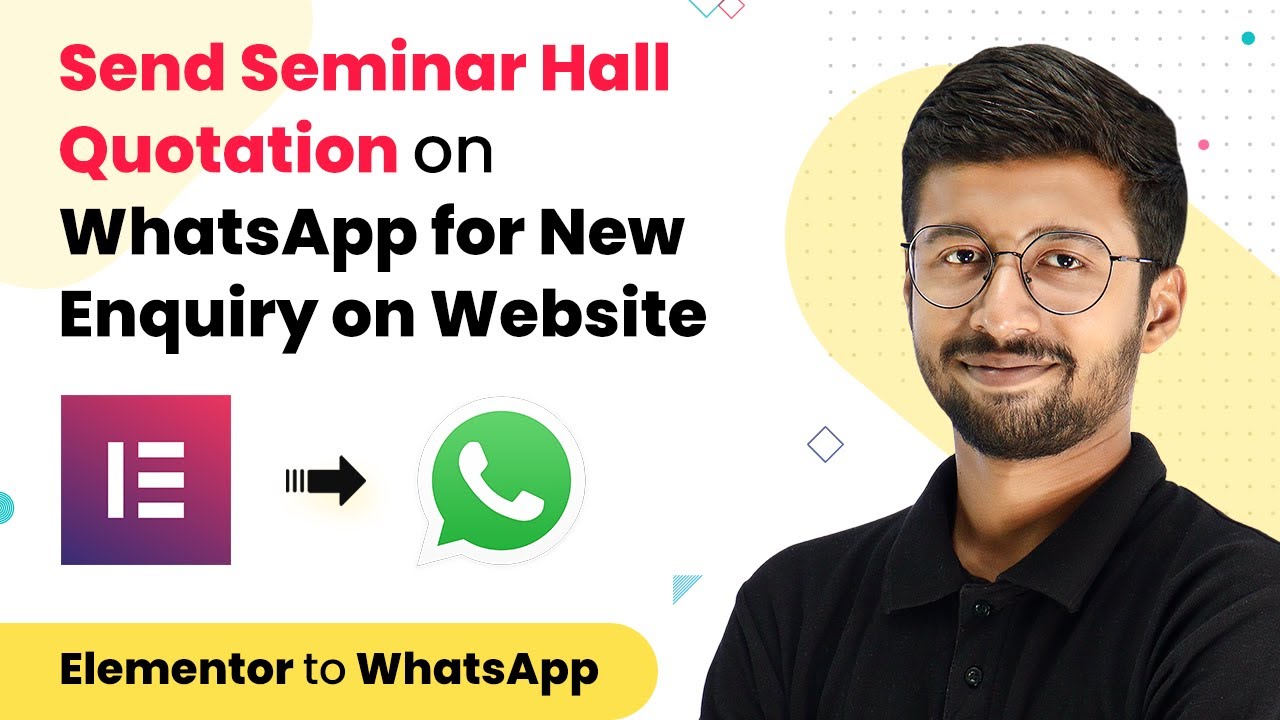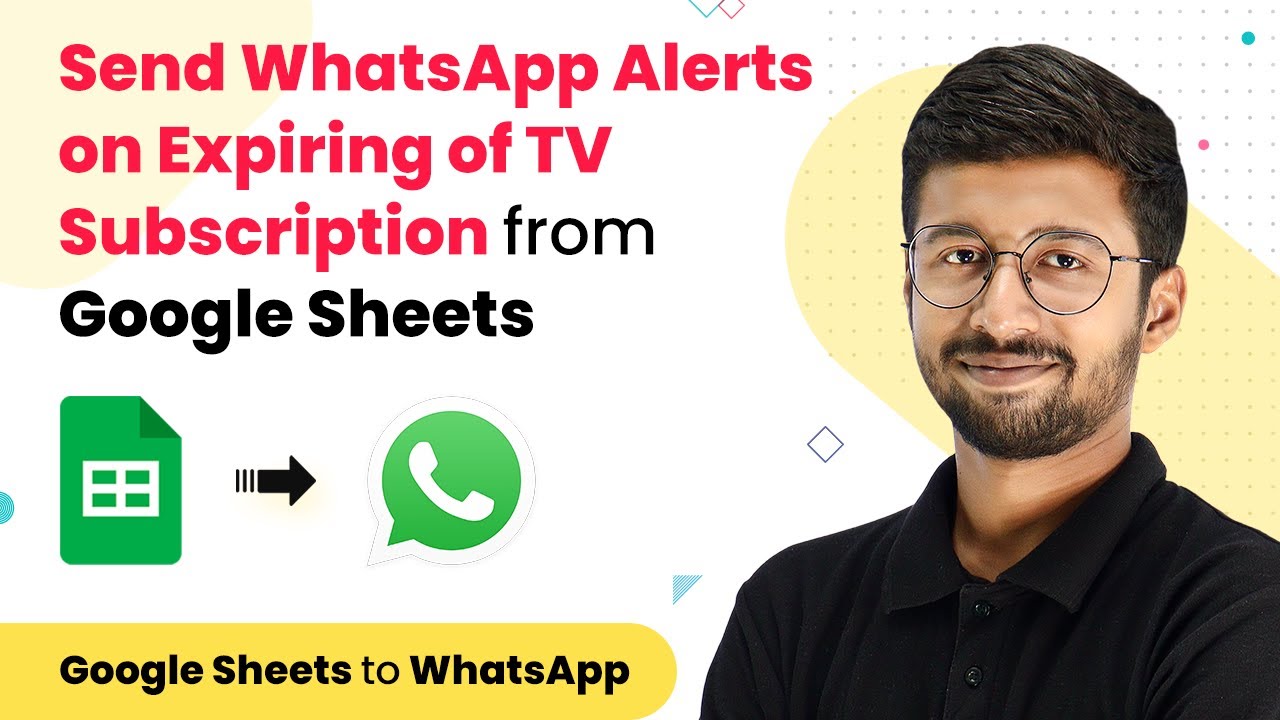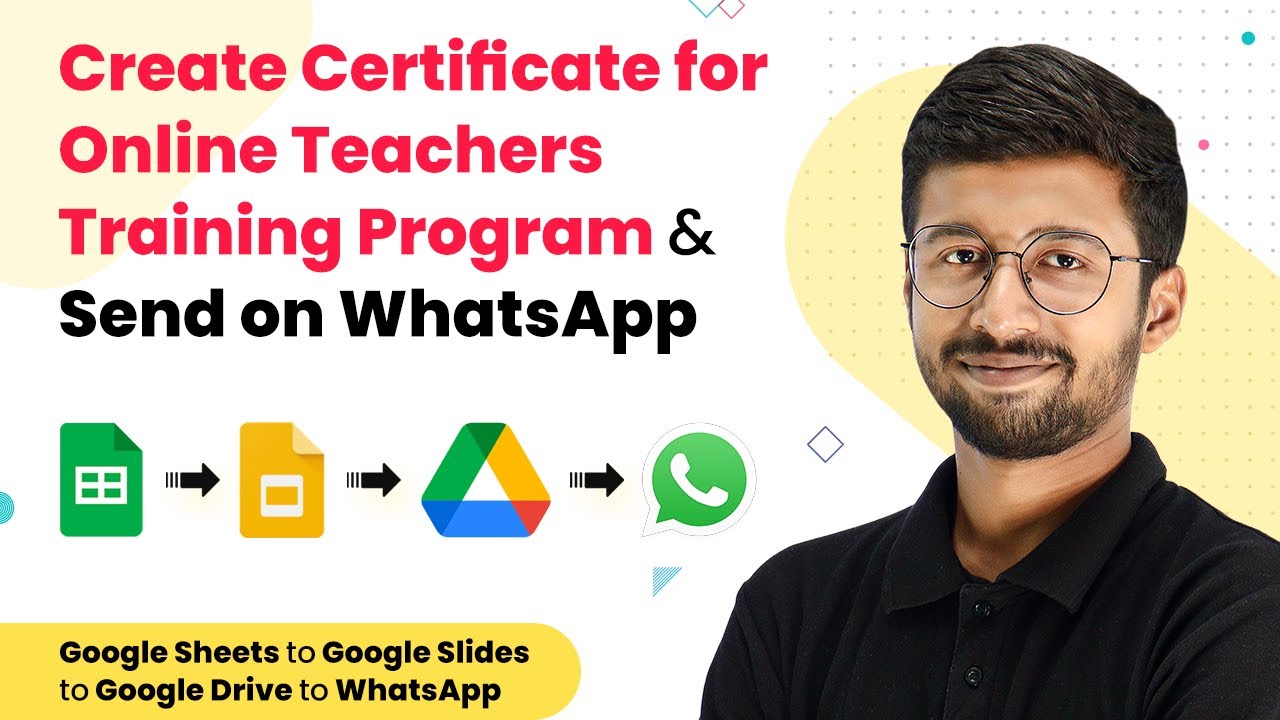Learn how to send automatic WhatsApp alerts for expiring subscriptions using Pabbly Connect and other applications. Follow this detailed step-by-step tutorial. Learn to create powerful connections between your critical applications without requiring specialized programming knowledge or extensive technical background.
Watch Step By Step Video Tutorial Below
1. Access Pabbly Connect to Set Up Your Automation
To begin sending automatic WhatsApp alerts for expiring subscriptions, first, you need to access Pabbly Connect. This platform allows you to create workflows that connect various applications seamlessly.
Visit the Pabbly Connect dashboard by navigating to Pabbly.com/connect. If you don’t have an account, click on the ‘Sign Up Free’ button to create one. Once logged in, you will be directed to the workflow dashboard where you can create your automation.
2. Create a Workflow in Pabbly Connect
After accessing Pabbly Connect, the next step is to create a new workflow. Click on the ‘Create Workflow’ button and name it ‘Send Subscription Expiry Alerts on WhatsApp’. This name will help you identify the workflow later.
Once the workflow page loads, you will see options for setting a trigger and an action. The trigger will be the upcoming expiry dates from your data source, while the action will be sending WhatsApp alerts. This setup ensures that your workflow runs automatically based on the conditions you define.
3. Set Up Google Sheets Integration
To monitor subscription expiry dates, you need to connect Google Sheets to your Pabbly Connect workflow. Start by selecting the Google Sheets application from the actions tab and choose the ‘Get Rows’ action event.
- Select your Google account to authorize Pabbly Connect.
- Choose the spreadsheet containing your subscription data.
- Specify the range of data to retrieve from the spreadsheet.
After configuring these settings, click on ‘Save and Send Test Request’ to ensure that Pabbly Connect retrieves the correct data from your Google Sheet.
4. Use Iterator for Data Processing
With the data retrieved, the next step is to utilize the Iterator feature in Pabbly Connect. This feature will help process each row of data individually. Add an Iterator step after fetching the rows from Google Sheets.
In this step, map the response result to the Iterator. This will allow the workflow to check each member’s expiry date one by one. If the expiry date is approaching, the workflow will trigger an alert message to be sent via WhatsApp.
5. Send WhatsApp Alerts Using Pabbly Connect
Finally, to send the alerts, integrate the WhatsApp Cloud API with your Pabbly Connect workflow. Choose the WhatsApp Cloud API application and select the ‘Send Template Message’ action event.
- Connect your WhatsApp account using the permanent access token.
- Select the message template that you have previously created.
- Map the recipient’s mobile number and customize the message body with relevant data.
Once configured, click on ‘Save and Send Test Request’ to verify that the alert message is sent successfully. This step finalizes your automation process, allowing you to send timely alerts to your customers.
Conclusion
In conclusion, using Pabbly Connect to automate WhatsApp alerts for expiring subscriptions is a powerful way to enhance customer communication. By following the steps outlined in this tutorial, you can set up a seamless workflow that notifies customers about their subscription status automatically. This not only saves time but also improves customer satisfaction.
Ensure you check out Pabbly Connect to create business automation workflows and reduce manual tasks. Pabbly Connect currently offer integration with 2,000+ applications.
- Check out Pabbly Connect – Automate your business workflows effortlessly!
- Sign Up Free – Start your journey with ease!
- 10,000+ Video Tutorials – Learn step by step!
- Join Pabbly Facebook Group – Connect with 21,000+ like minded people!
